Growth in the Dairy Industry
The ongoing growth in the dairy industry is likely to positively influence the Demineralized Whey Powder Ingredient Market. As dairy production continues to rise, the availability of whey as a byproduct is increasing, leading to greater opportunities for the production of demineralized whey powder. This ingredient is widely used in various dairy applications, including cheese and yogurt, which are experiencing heightened demand. Industry expert's suggest that the dairy market is projected to grow steadily, with an expected CAGR of around 5% over the next several years. This growth in dairy production could provide a robust foundation for the Demineralized Whey Powder Ingredient Market, facilitating its expansion and innovation.
Innovations in Food Technology
Innovations in food technology are emerging as a crucial driver for the Demineralized Whey Powder Ingredient Market. Advances in processing techniques and formulation strategies are enabling manufacturers to create high-quality demineralized whey powder with enhanced functional properties. These innovations not only improve the ingredient's solubility and taste but also expand its applications across various food products. As food manufacturers increasingly seek to differentiate their offerings, the demand for innovative ingredients is likely to rise. Market trends indicate that the food technology sector is evolving rapidly, with investments in research and development expected to increase significantly. This environment of innovation could provide fertile ground for the Demineralized Whey Powder Ingredient Market to thrive and adapt to changing consumer preferences.
Increasing Health Consciousness
The rising awareness regarding health and nutrition among consumers appears to be a pivotal driver for the Demineralized Whey Powder Ingredient Market. As individuals increasingly prioritize protein intake for muscle maintenance and overall wellness, the demand for protein-rich ingredients, such as demineralized whey powder, is likely to surge. This ingredient is often utilized in various food products, including protein bars and supplements, which are gaining traction among health-conscious consumers. Market data indicates that the protein supplement sector is projected to grow significantly, potentially reaching a valuation of several billion dollars in the coming years. This trend suggests that the Demineralized Whey Powder Ingredient Market is well-positioned to benefit from the shift towards healthier dietary choices.
Rising Popularity of Functional Foods
The growing trend towards functional foods is emerging as a significant driver for the Demineralized Whey Powder Ingredient Market. Consumers are increasingly seeking food products that offer health benefits beyond basic nutrition, and demineralized whey powder fits this criterion well. It is often used in functional food formulations, such as fortified dairy products and baked goods, to enhance their nutritional profile. Market data suggests that the functional food market is expected to expand rapidly, potentially reaching a valuation of over 300 billion dollars in the next few years. This expansion indicates that the Demineralized Whey Powder Ingredient Market could capitalize on the increasing consumer preference for foods that contribute to health and wellness.
Expansion of the Sports Nutrition Sector
The burgeoning sports nutrition sector is likely to serve as a substantial driver for the Demineralized Whey Powder Ingredient Market. With an increasing number of individuals engaging in fitness activities and sports, the demand for specialized nutritional products is on the rise. Demineralized whey powder is often incorporated into protein shakes and recovery drinks, appealing to athletes and fitness enthusiasts seeking to enhance their performance and recovery. Market analysis suggests that the sports nutrition market could witness a compound annual growth rate (CAGR) of over 8% in the next few years. This growth trajectory indicates a promising opportunity for the Demineralized Whey Powder Ingredient Market to cater to the evolving needs of this dynamic consumer segment.


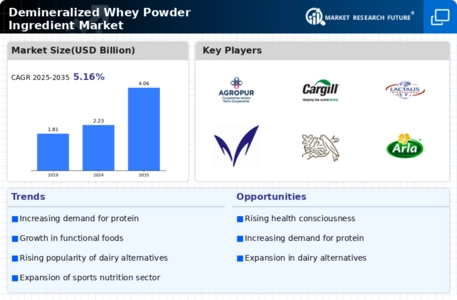
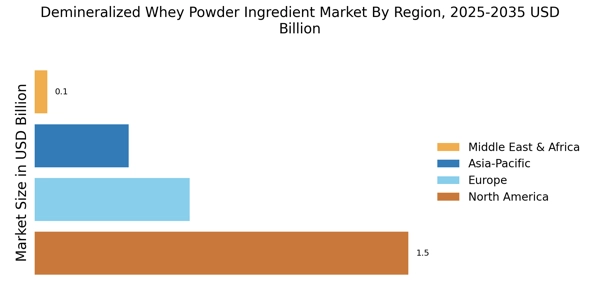
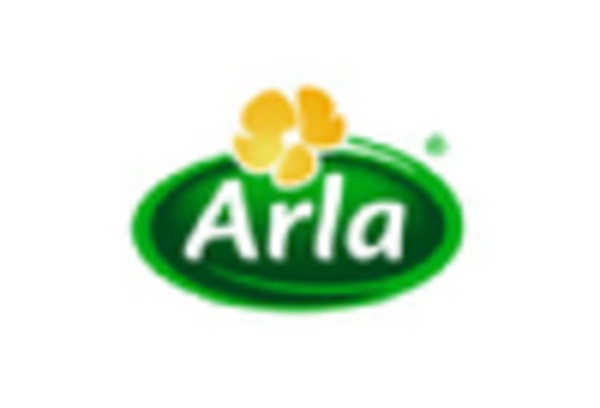
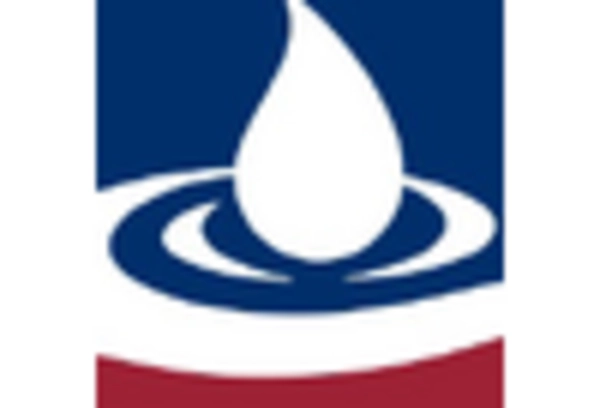
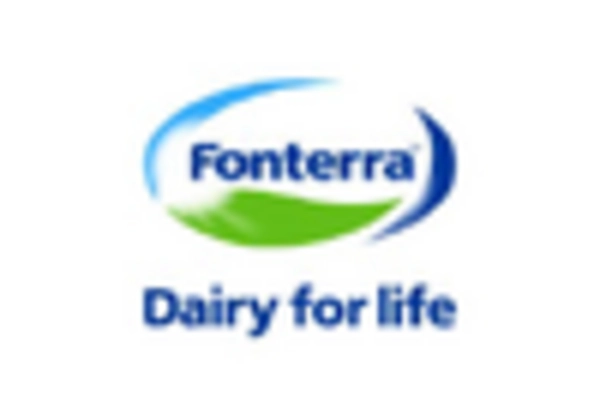


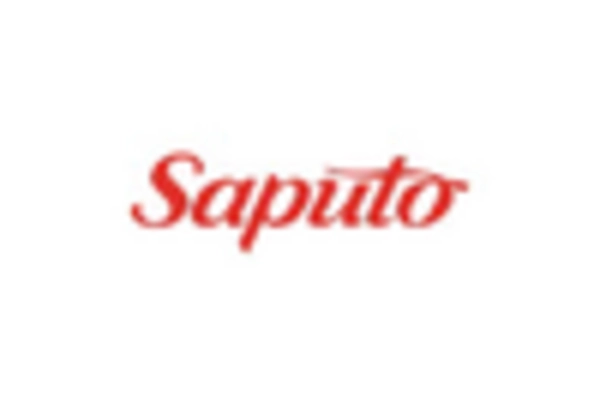








Leave a Comment